Toshiba Portege 4000 Notebook Review

Author:
Date: 15.02.2002 |
|
Screen and graphics systemThe screen of the Portege 4000 is polysilicon, the rated resolution is 1024x768. Scaling in lower resolutions is average, most usual LCD panels have it better. The graphics and game scaling look OK. The dynamic parameters of the panel allow playing even 3D action games. In case of scaling of images from 640x480 and 800x600, they do not take the whole screen.

The Trident Cyber Blade XP chip with 16 MB of standard memory is in charge of image displaying. It means that the graphics system takes 16 MB out of 128 MB of RAM and, thus, leaves 112 MB for other system needs. You should expand RAM to 256 MB or more to work comfortably with modern applications. I will speak about it in depth later.
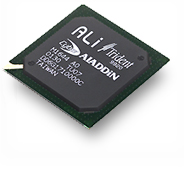
Graphics core's capabilities:
- DirectX 7.0 functions supported;
- Acceleration of Direct3D and OpenGL applications;
- AGP 4x bus;
- 133 MHz core;
- Two texture units;
- Supported IDCT and flow compensation for DVD playback;
Performance of the graphics core makes possible to play such games as Quake 3, Return to Castle Wolfenstein and most other modern ones, but with minimal graphics settings.
DVD playback
DVD looks perfectly on the large monitor. The notebook is mighty enough to play discs with such programs as WinDVD (supplied) and PowerDVD XP. I wish there were a TV-out to watch movies on a large screen.
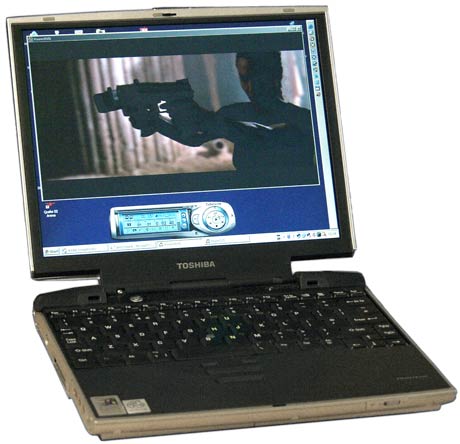
One full battery is enough to let the computer play one DVD.
Listening
I have just little to say about the built-in sound system. It copes perfectly with playing Windows sounds, it's also bearable to watch DVD and listen to music in headphones or through big speakers. Certainly the integrated speakers are inferior to the Satellite 5000 we tested before. At best they can be used to play sounds of the Windows, but not music.
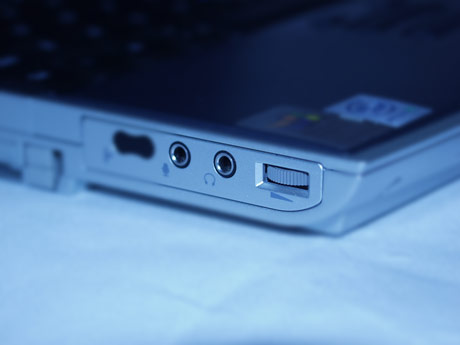
IR port, mic-in, headphone-out and volume control
What's really handy in the Portege 4000 is a built-in volume control. It's located on the left panel, next to the IR port and headphone-out and can adjust volume in headphones and speakers.
Autonomous operation and power consumption
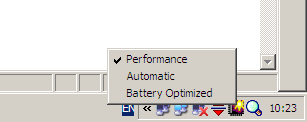
SpeedStep switch and power consumption control
(2 icons on the right)
The Toshiba Portege 4000 has Li-Ion batteries. In the battery optimized mode on applications that do not take many resources the computer is able to work up to 4 hours. The Portege 4000 has a typical of Toshiba panel for power saving properties where you can choose one of the factory modes or create your own one. It's possible to adjust such parameters as power consumption, fan's mode, backlight brightness and sleep modes of the equipment. The system can disable unnecessary components (WLAN, network card) when it's necessary to save energy and such controllers are not used.
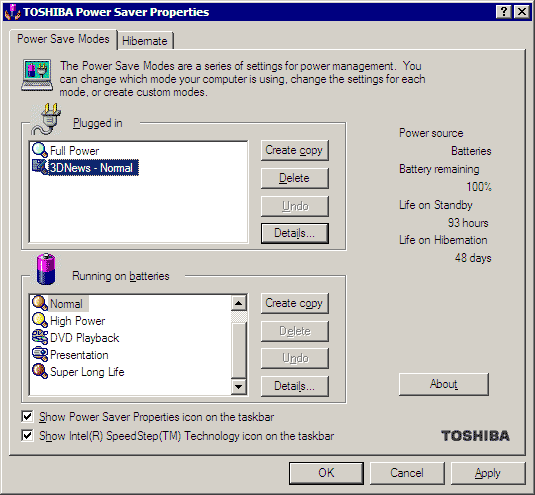
Power saver properties panel
The Portege 4000 worked for about 1.5 hours when we played DVDs and Video-CDs, which is quite enough for most movies.

The power saver panel which gets enabled by clicking on the icon with a magnifier allows changing a wide range of settings of the notebook. In particular, you can reduce frequency and power consumption of the processor using the Intel SpeedStep technology or set time when the monitor, hard drive must turn off or the system must go to the sleep or hibernate modes.
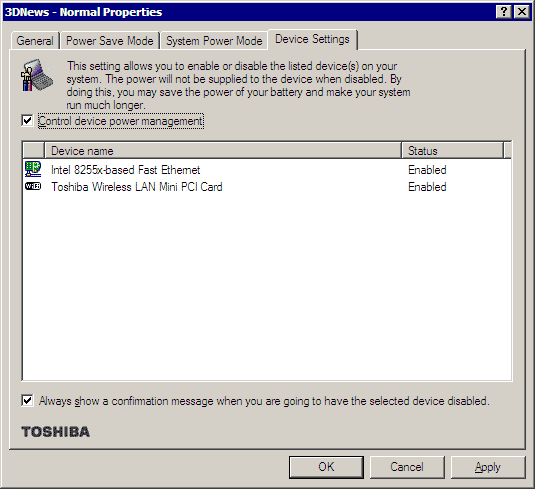
You can also adjust power consumption of the built-in equipment and disable the LAN adapter and WLAN controller to save energy. If you decide to replace the rated Windows'98 with the WinXP you should download the software controlling power consumption from the Toshiba's site.
 |
Content: |
 |
|
 |
Top Stories: |
 |
 |
 |
MoBo:


|
 |
 |
 |
VGA Card:


|
 |
 |
 |
CPU & Memory:

|
|
|
